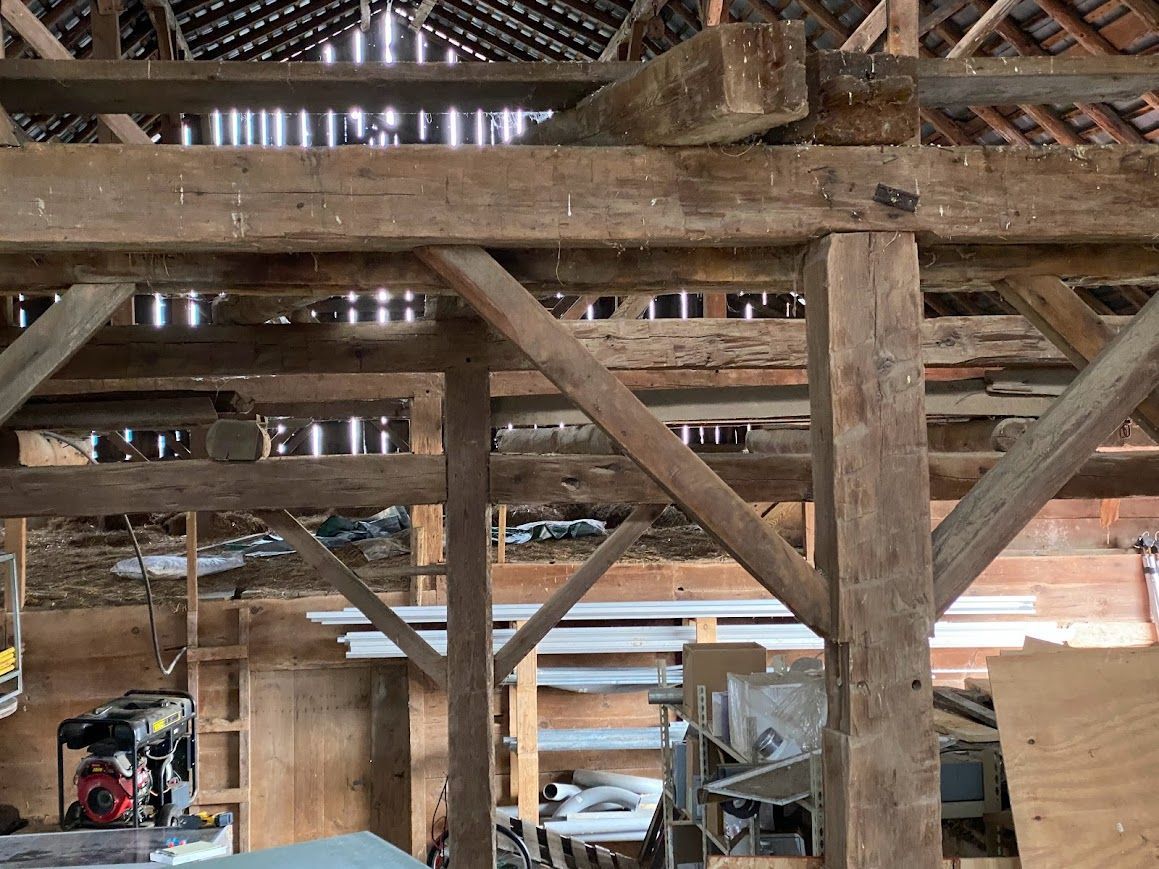Explore Common Uses of Butt Joints in Joinery
Mastering butt joints for stronger woodworking projects

If you’re new to woodworking, the butt joint might seem too simple to bother with. It’s just two pieces of wood joined together, right? But don’t underestimate it! This basic joint is one of the most useful and flexible methods for joining wood.
Butt joints might not be the strongest option, but they’re quick, easy to make, and surprisingly versatile. Once you know how and where to use them, they can help you build a wide range of projects efficiently.
What Is a Butt Joint?
A butt joint is the simplest way to join two pieces of wood. The pieces meet and "butt" against each other, relying on glue, fasteners, or both to stay together. The joint can form in three different ways:
- End-to-End: Two boards are joined at their ends to form a single, longer piece.
- End-to-Face: A board’s end is attached to the flat side of another board. This is often used for frames.
- Edge-to-Edge: Boards are joined along their edges, often to create wider surfaces like a tabletop.
Why Use Butt Joints?
Butt joints are simple, but they come with plenty of benefits:
- Quick and Easy: You don’t need special tools or skills. Just make clean, square cuts, and you’re ready to go.
- Less Waste: Because you don’t remove any material, you get the most out of your wood.
- Beginner-Friendly: Butt joints are a great way to practice woodworking basics while creating real projects.
- Strong in the Right Conditions: Add glue or reinforcement like screws, and these joints can handle a surprising amount of weight.
- Works for Many Projects: From carpentry to furniture making, butt joints can be used almost anywhere.
Where Are Butt Joints Used?
Everyday Construction
- Framing Walls
Butt joints connect studs to top and bottom plates, creating the basic structure of walls. - Decking
Short boards are joined end-to-end to cover longer distances. The joints are supported underneath by framing. - Trim and Molding
Where two pieces meet at corners, butt joints make a clean, simple connection. - Sheathing
Plywood sheets are butted together to cover walls, roofs, or floors.
Furniture and Woodworking
- Cabinet Frames
The front part of cabinets often uses butt joints reinforced with screws or dowels. - Panels for Tables or Doors
Boards are joined edge-to-edge to form larger surfaces. - Simple Boxes and Drawers
Butt joints are often used for corners in basic box construction. - Internal Structures
Inside furniture, butt joints securely attach non-visible components like supports or back panels.
How to Make Strong Butt Joints
Even though they’re simple, butt joints need proper preparation to hold up. Here are some tips:
- Ensure Clean Cuts
The wood edges must be smooth, flat, and square for the best fit. - Use the Right Glue
Wood glue can be incredibly strong. For ends of boards (end grain), apply a thin coat first to seal the wood, then add another layer for bonding. - Clamp the Joint
Apply even pressure with clamps to hold the pieces together while the glue dries.
Reinforcement Options
Adding reinforcement can make a butt joint much stronger. Some common methods include:
- Screws and Nails
They add mechanical strength and hold the pieces tight while the glue dries. - Dowels
Wooden pins are inserted into drilled holes to align and secure the joint. - Biscuits
Oval pieces of wood fit into slots cut into the edges, adding strength and ensuring alignment. - Splines
Thin strips of wood are fitted into matching grooves in both pieces for edge-to-edge joints. - Metal Brackets
These are ideal for structural applications where extra strength is needed.
When to Use
Butt joints work best in the following situations:
- When you need a quick solution
- When strength requirements are moderate
- When you want to save material and reduce waste
- When other parts of the structure carry the main load
When to Avoid
Sometimes, a butt joint isn’t the best choice. Consider other options when:
- You need maximum strength without reinforcement
- The joint will be highly visible in a fine furniture piece
- Seasonal changes might stress the joint, such as in wide wooden panels
- A specific style or traditional joinery method is needed
Beginner Tips
- Test Pieces Together First
Before adding glue, check that the wood fits properly without gaps. - Work Quickly With Glue
Most wood glues have a limited working time, so plan ahead. - Wipe Away Extra Glue
Excess glue can ruin the look of your project. Clean it off before it dries. - Keep Your Tools Sharp
Saws and sanders with dull blades leave rough edges that won’t join well.
The Value
The humblest joint in woodworking can still be incredibly useful. From simple boxes to detailed furniture and large construction projects, butt joints are often the right choice. With proper preparation and reinforcement, they’re far stronger and more versatile than you might expect.
At Bay & Bent, we’ve seen the beauty of straightforward craftsmanship. Historical builders often used butt joints along with simple reinforcements to create structures that lasted for centuries. Whether you’re building something simple or intricate, mastering the butt joint is a great start.
Want to Build Better?
Look into our blog for beginner-friendly tips, project ideas, and detailed guides to take your woodworking to the next level. Start creating something you're proud of today!









